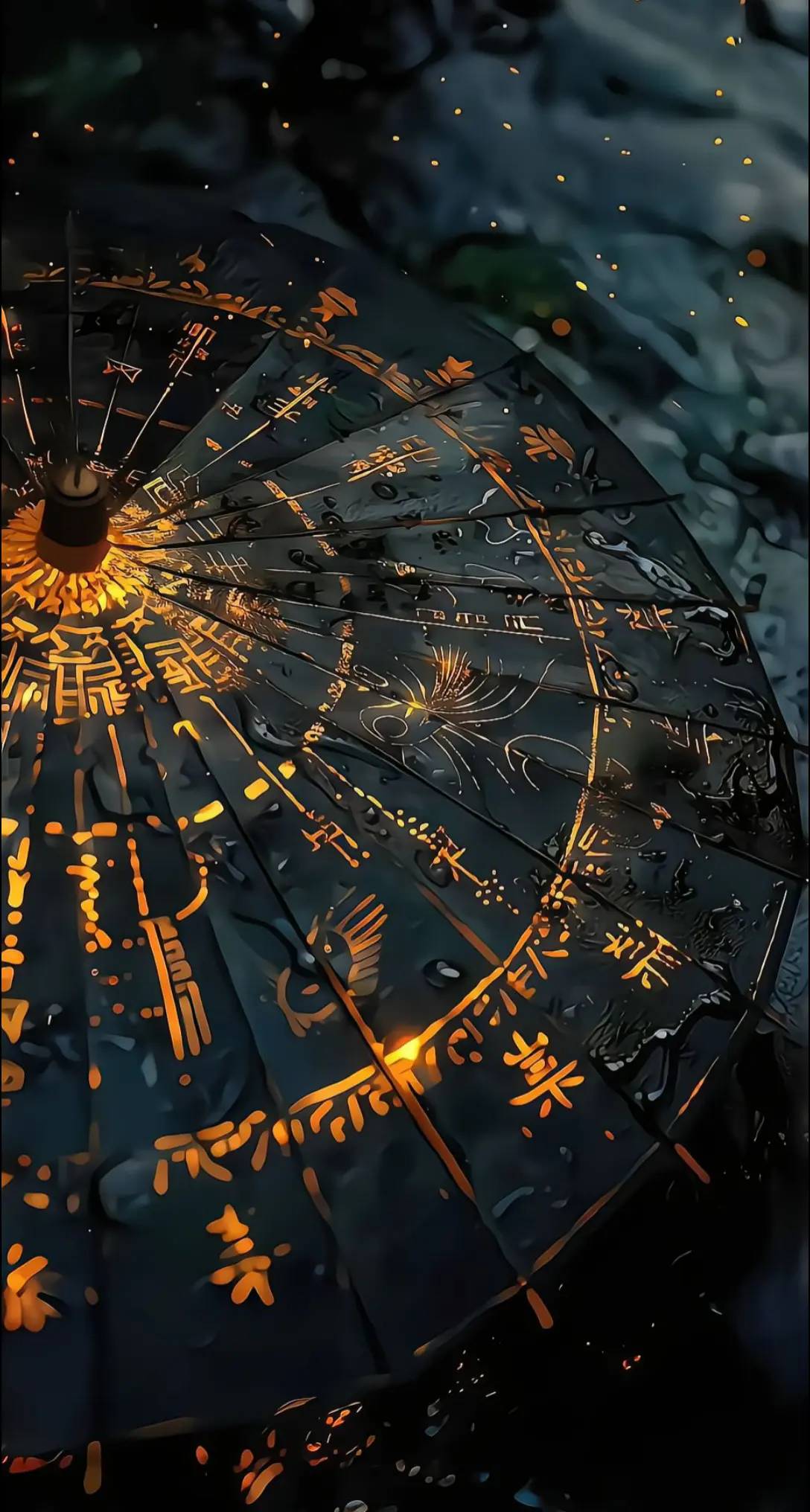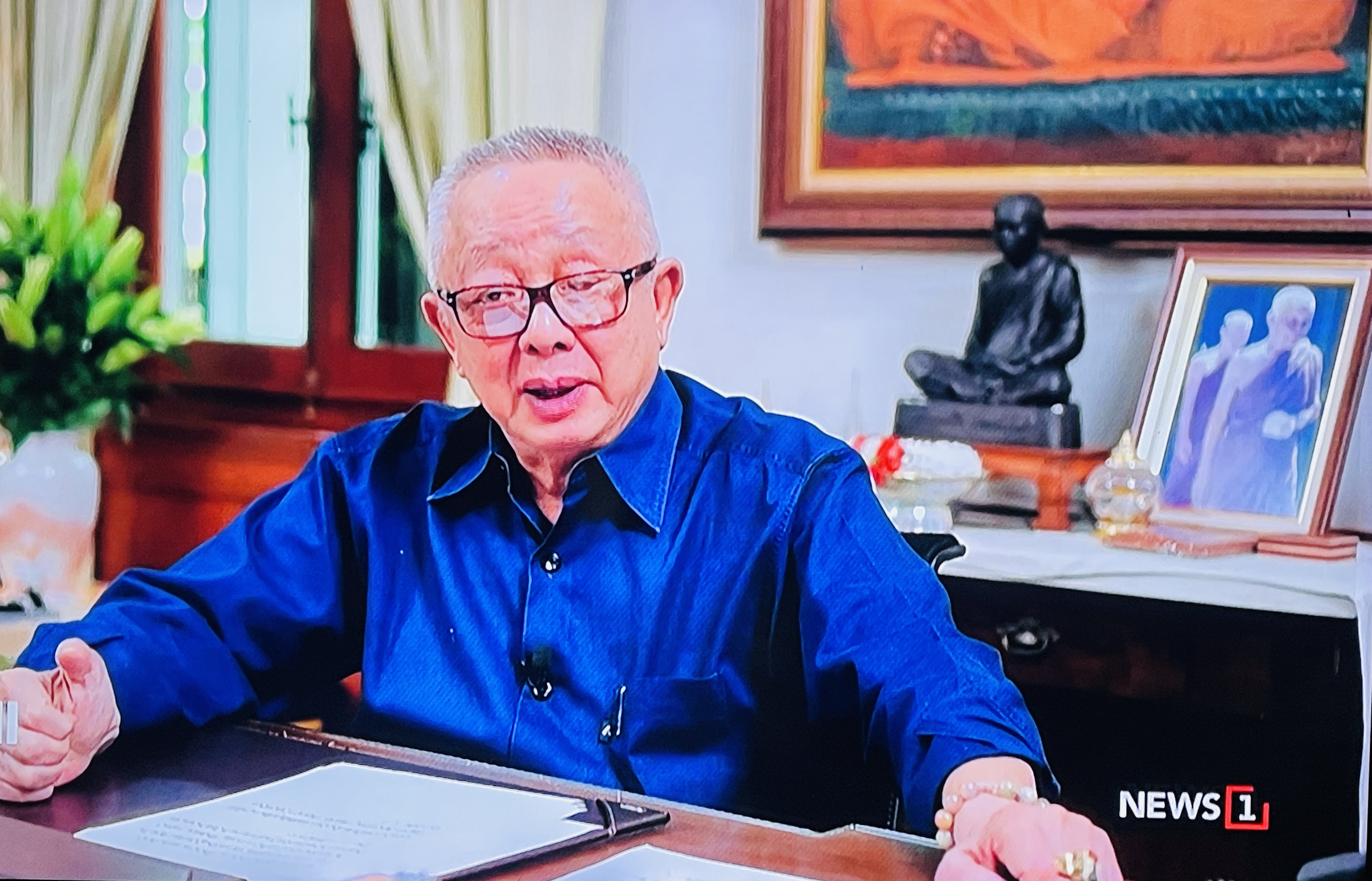GUCCI
Men’s Luxury Loafers with Buckle
(268-2)
Made in Italy
Size. EUR 39 (วัดความยาวด้านในได้ 25.5 cm)
Price : 3,700฿
รองเท้า Luxury Brand จากอิตาลี เป็นรองเท้าสไตล์ Monk Strap คอลเลกชั่นรองเท้าสำหรับผู้ชาย ส่วนหน้ารองเท้าตกแต่งด้วยสายรัดพร้อมหัวเข็มขัดโลหะสีทองสลักลายตราประทับ Gucci ดั้งเดิม
รายละเอียด :-
ผู้ผลิต : Gucci
ประเทศต้นกำเนิด : อิตาลี
ประเภทรองเท้า : รองเท้าโลฟเฟอร์
ขนาด : เบอร์ 39
สภาพ : มือสอง สภาพดี
วัสดุส่วนบน : หนังแท้
วัสดุซับใน : หนังแท้
สี : ดำ
ตัวล็อค : หัวเข็มขัดเดียว
รูปทรงปลายเท้า : ปลายแหลม
จมูกรองเท้า : ทรงอัลมอนด์
น้ำหนัก : ประมาณ 0.5 กก.
GUCCI
Men’s Luxury Loafers with Buckle
(268-2)
Made in Italy 🇮🇹
Size. EUR 39 (วัดความยาวด้านในได้ 25.5 cm)
🔥 Price : 3,700฿
รองเท้า Luxury Brand จากอิตาลี เป็นรองเท้าสไตล์ Monk Strap คอลเลกชั่นรองเท้าสำหรับผู้ชาย ส่วนหน้ารองเท้าตกแต่งด้วยสายรัดพร้อมหัวเข็มขัดโลหะสีทองสลักลายตราประทับ Gucci ดั้งเดิม
👉รายละเอียด :-
🔹ผู้ผลิต : Gucci
🔹ประเทศต้นกำเนิด : อิตาลี
🔹ประเภทรองเท้า : รองเท้าโลฟเฟอร์
🔹ขนาด : เบอร์ 39
🔹สภาพ : มือสอง สภาพดี
🔹วัสดุส่วนบน : หนังแท้
🔹วัสดุซับใน : หนังแท้
🔹สี : ดำ
🔹ตัวล็อค : หัวเข็มขัดเดียว
🔹รูปทรงปลายเท้า : ปลายแหลม
🔹จมูกรองเท้า : ทรงอัลมอนด์
🔹น้ำหนัก : ประมาณ 0.5 กก.
























